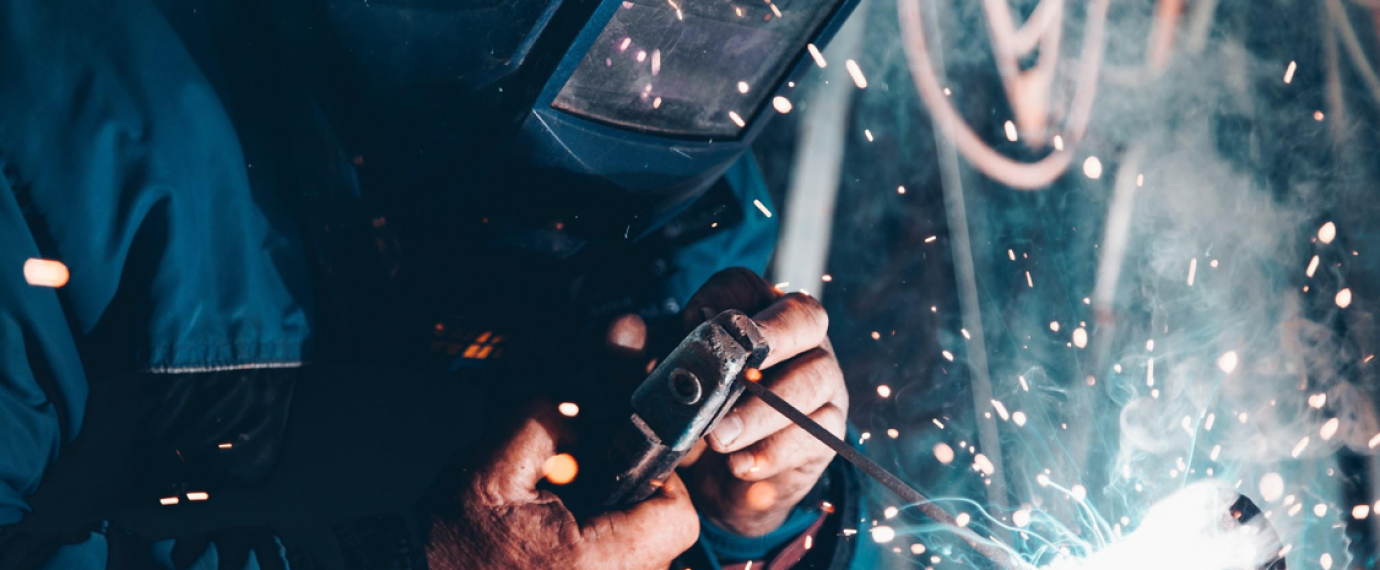In colder weather, the dangers of Carbon monoxide exposure increase as windows and overhead doors remain closed and air circulation becomes stagnant. Although we are entering the warmer months, we are seeing an increase in OSHA inspections and additional attention being put towards Carbon monoxide.
Regular and proper maintenance of CO generating equipment goes a long way in greatly reducing CO related injuries and illnesses. Examples of CO generating equipment include: propane/fuel operated powered industrial lift trucks, furnaces, gas fired oven, trucks, vehicles, mobile generators and other gas fired equipment. If your facility has this type of equipment and it is operated indoors then you should be monitoring your CO levels and making sure you work environment maintains safe air quality.
Carbon monoxide, an odorless, colorless, and tasteless toxic gas, can cause illness and even death to those exposed to its fumes. Carbon monoxide (CO) is created by the incomplete burning of carbon-containing materials such as natural gas, coal, wood, and petroleum. Exposure to CO prevents blood from carrying oxygen to organs, causing both minor health risks (headaches, nausea, rapid breathing, dizziness) and major health concerns (coronary artery damage, neurological complications, brain dysfunction, death). Low levels of CO exposure over long periods of time as well as high levels of exposure over short periods of time can lead to negative health effects.
Occupational Dangers of CO Exposure
Those working in occupations with higher carbon monoxide exposure risks are more likely to experience CO poisoning. Occupations in which employees are regularly exposed to exhaust pipes, gasoline, charcoal, or high levels of auto traffic are among those most at risk to high carbon monoxide exposure. Sources of CO can include generators, space heaters, compressors, power washers, and welding equipment. Employees at warehouses and steel production plants, as well as those working as welders, forklift operators, mechanics, and diesel engine operators are also at risk of high exposure levels. Employees working at higher risk worksites or with high CO risk equipment should follow deliberate safety protocols in order to reduce the harmful effects of carbon monoxide.
Individuals who smoke cigarettes intake higher levels of carbon monoxide than is deemed safe by OSHA and the Centers for Disease Control and Prevention (CDC). The combination of carbon monoxide exposure at home or through cigarette smoking combined with workplace exposures can lead to a diminished quality of life and a higher risk of chronic CO poisoning.
Carbon Monoxide Exposure Prevention
Identification of carbon monoxide poisoning can prove challenging, as its symptoms mimic those related to various conditions. Symptoms may be overlooked or seem to disappear when, in fact, medical attention is necessary. It is important to be aware of worksite exposures and to take proper safety precautions in order to avoid greater levels of risk to CO. Measuring carbon monoxide levels regularly is necessary in workplace environments with greater risks of this harmful gas.
OSHA outlines multiple recommendations to employers for the reduction and prevention of carbon monoxide poisoning at worksites. Review OSHA’s comprehensive guide for best practices to carbon monoxide prevention for a more detailed account on reducing CO exposures.
- Install an effective ventilation system.
- Maintain the good working order of CO-producing equipment and appliances.
- Prohibit the use of gasoline-powered engines or tools in poorly ventilated areas.
- Provide personal carbon monoxide monitors with audible alarms if potential exposure to CO exists.
- Test air regularly in areas where carbon monoxide may be present.
- Test for oxygen sufficiency before entering areas with suspected CO exposure.
- Educate workers about the sources and conditions that may result in CO poisoning, as well as the symptoms of carbon monoxide exposure.
If you suspect that someone has carbon monoxide poisoning, move them to an open area with fresh airflow before calling for emergency medical assistance. Administer oxygen if they are breathing, or CPR if they have stopped breathing. For more information regarding carbon monoxide prevention review the CDC Prevention Guidelines or Standard Occupational Exposure Criteria.
Questions about you or your employee’s risk for CO exposure? U.S. Compliance EHS professionals can help. Contact me at rgaines@uscompliance.com to learn more.



